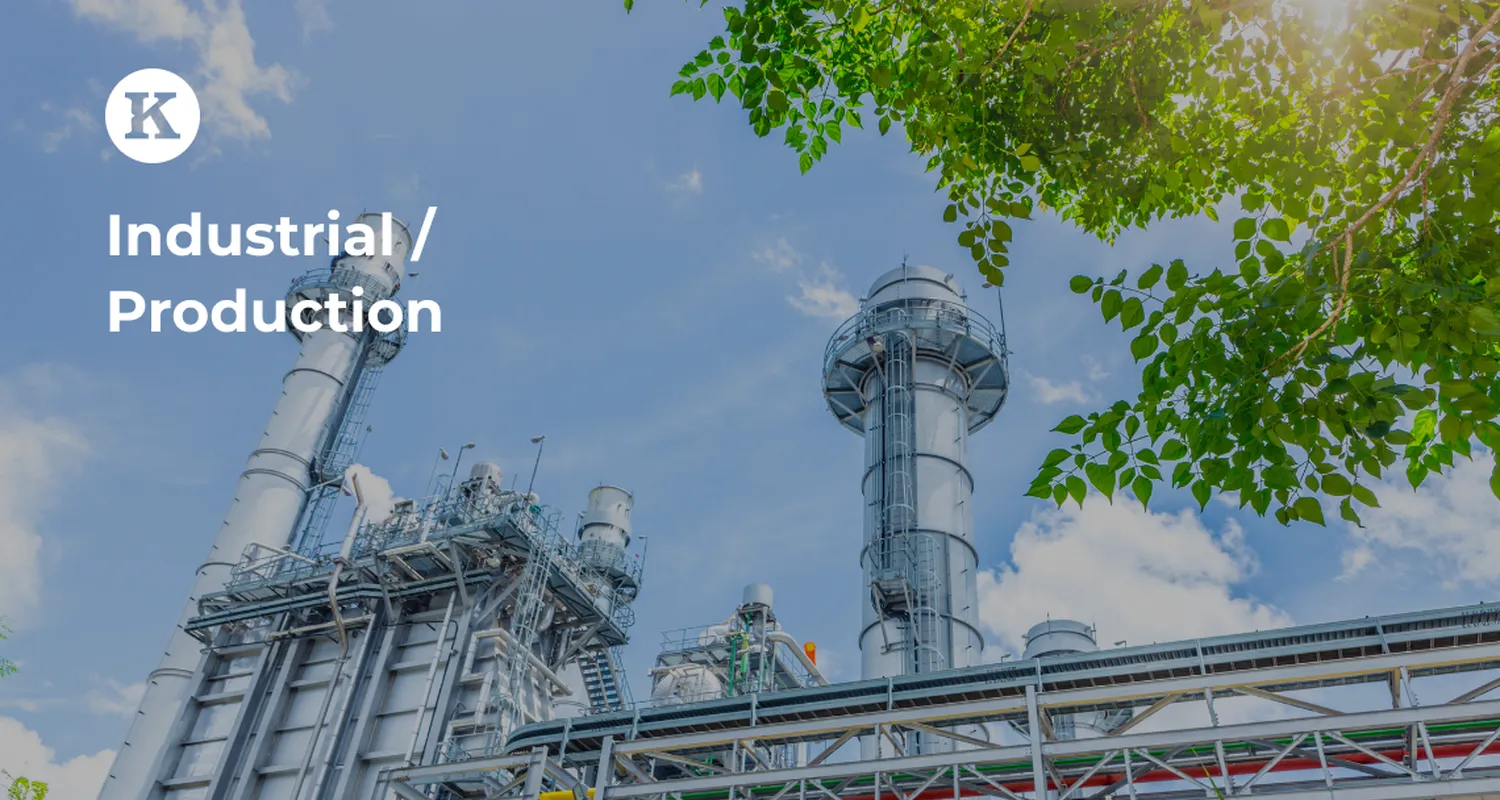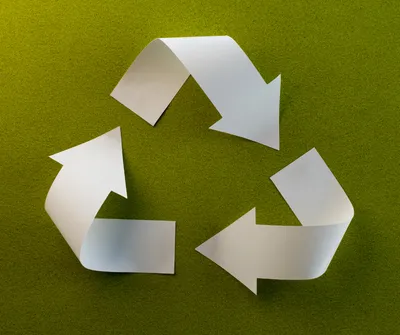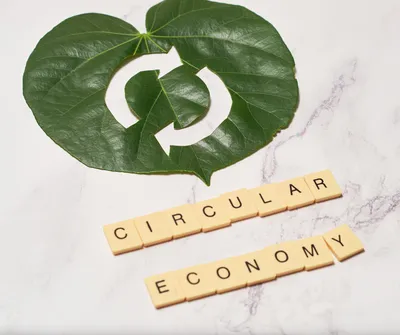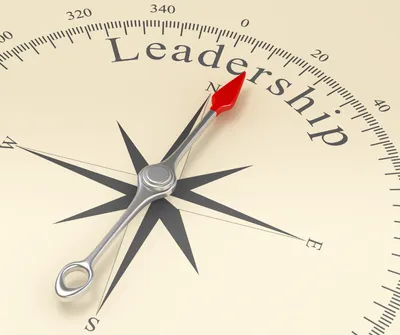We track waste daily, report scrap rates regularly and focus on ensuring that parts pass stringent quality processes (QSE). Our operations use copper, plastics and especially lead, which is energy-intensive but fully recyclable. Every lead-acid battery is returned, melted down and recycled. Lithium is harder to recycle and more hazardous and flammable. Lead remains a sustainable, cost-effective option for vehicles in Africa. We recover scrap lead and follow strict safety standards in recycling through a closed-loop system. We also recycle plastics into reusable packaging and reclaim oil to minimise spills and environmental impact.'
Dr. Javier Perez Freije, CFO at Gurit, Switzerland, explains what the company is doing and provides insights on their work with plastics: 'We use PET from recycled bottles and virgin PET to make foam for wind turbine blades. Wind turbine customers use this foam bonded with resin and composites. After the lifetime of the blades 20–25 years, recovering materials is hard. PET alone is recyclable, but mixed with resin, it isn’t. Some blades end up in landfills due to the costs related to separating the materials. A circular economy isn’t yet feasible but remains a key goal. Our PET foam is also used in office furniture, replacing wood cores at 60–80% lower weight. We’re partnering with a major U.S. manufacturer on circular solutions. Furniture’s long lifespan (10–20 years) makes foam recovery challenging, but we’re actively working on it. This use offers better circularity than wind turbine blades.
Circular economy works well for batteries with central collection, but office furniture is often discarded. Wood recycling exists, but PET solutions are still limited. Most PET in Europe and production markets comes from China, where virgin PET is currently cheaper than recycled, posing a big challenge to circularity.'
Frank Poels, Operations Director Wood & Managing Director at Unilin, Malaysia, describes their approach: 'In Belgium, we implement a highly effective strategy - we own our power plants and recover materials through the recycling process. When a house is demolished or an old wooden desk is returned, the material is brought to our factory. There, we separate the fibers. Those long enough are reused to produce panels for various applications, such as flooring. The remaining material is incinerated to generate energy, providing both heat and electricity to local communities.'
Ismail Dockrat, COO at Totai, South Africa, highlights that most of the country‘s power is generated by burning coal, resulting in high carbon emissions. 'Despite years of affordable electricity, South Africa has faced a persistent power crisis in recent years. Between 2022 and 2024, daily load shedding by Eskom, lasting two to eight hours, disrupted industry, operations and productivity.
Yet the crisis sparked one of the world’s fastest shifts to solar. In 2024, South Africa added nearly nine gigawatts of new capacity, over 5.7 gigawatts from rooftop solar, led by the private sector and enabled by government reforms. Falling global costs of lithium-ion batteries and PV panels supported the transition, positioning South Africa as a leader.
At Totai, we saw energy resilience as essential. During severe load shedding three years ago, we swiftly installed solar across warehousing, service and manufacturing. Since then, we've expanded capacity, added storage and raised company-wide awareness of usage. Solar offers clear ROI, immediate savings and long-term benefits. Even for conservative organisations, it’s a smart first step toward broader energy efficiency. I see it as the beginning of a lasting shift across industries.'
Energy efficiency and renewable transitions
Anesh Jogia illustrates how the transition to renewable energy in some of the automotive supplier businesses is managed: 'Energy resilience drives capital investments, with profitability and returns essential to allocating capital. Most projects are self-funded, but government support through policies, grants and incentives would help in further rollouts and keeping costs within an acceptable level. We follow a modular approach, aiming for 20–25% renewable energy use to ensure profitability over the project.
Smelters rely on gas and electricity for high-intensity needs, which solar can't fully replace. To try and manage this, we use Power Purchase Agreements (PPAs) to source power without upfront investment, improving returns.
A major wind and solar project (wheeling through the Eskom grid) in the Eastern Cape will be starting up and will allow greener sources of energy to local manufacturers and lowering capital costs as well as improving returns. South Africa’s aging electrical grid and infrastructure result in frequent outages, especially in areas where automotive manufacturing occurs, but we continue to invest where possible.
In Europe, plants benefit from government and EU grants/subsidies for solar projects, which can cover 30%- 40% of electricity needs. These examples show the importance of continued government support, tax incentives and collaboration to scale renewables.'






